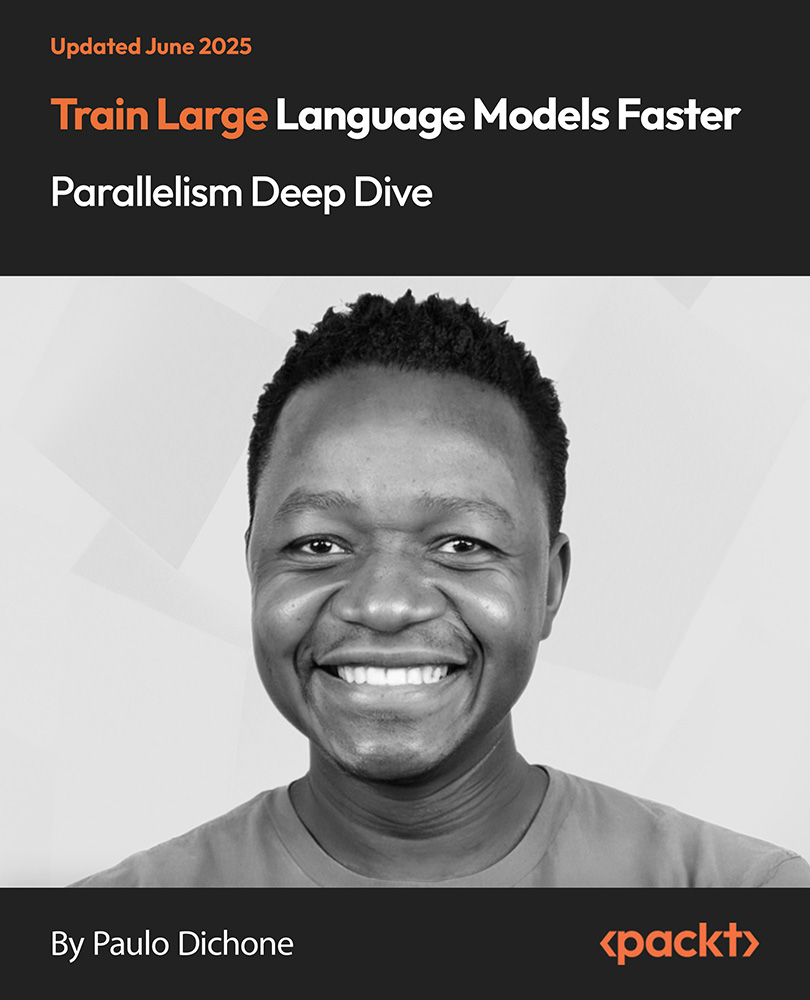HyperLearn is a Statsmodel, a result of the collaboration of languages such as PyTorch, NoGil Numba, Numpy, Pandas, Scipy & LAPACK, and has similarities to Scikit Learn.
This project started last month by Daniel Hanchen and still has some unstable packages. He aims to make Linear Regression, Ridge, PCA, LDA/QDA faster, which then flows onto other algorithms being faster.
This Statsmodels combo incorporates novel algorithms to make it 50% more faster and enables it to use 50% lesser RAM along with a leaner GPU Sklearn.
HyperLearn also has an embedded statistical inference measures, and can be called similar to a Scikit Learn's syntax (model.confidence_interval_)
HyperLearn’s Speed/ Memory comparison
There is a 50%+ improvement on Quadratic Discriminant Analysis (similar improvements for other models) as can be seen below:
 Source: GitHub
Source: GitHub
Time(s) is Fit + Predict. RAM(mb) = max( RAM(Fit), RAM(Predict) )
Key Methodologies and Aims of the HyperLearn project
#1 Parallel For Loops
- Hyperlearn for loops will include Memory Sharing and Memory Management
- CUDA Parallelism will be made possible through PyTorch & Numba
#2 50%+ faster and leaner
- Matrix operations that have been improved include Matrix Multiplication Ordering, Element Wise Matrix Multiplication reducing complexity to O(n^2) from O(n^3), reducing Matrix Operations to Einstein Notation and Evaluating one-time Matrix Operations in succession to reduce RAM overhead.
- Applying QR Decomposition and then SVD(Singular Value decomposition) might be faster in some cases.
- Utilise the structure of the matrix to compute faster inverse
- Computing SVD(X) and then getting pinv(X) is sometimes faster than pure pinv(X)
#3 Statsmodels is sometimes slow
- Confidence, Prediction Intervals, Hypothesis Tests & Goodness of Fit tests for linear models are optimized.
- Using Einstein Notation & Hadamard Products where possible.
- Computing only what is necessary to compute (Diagonal of matrix only)
- Fixing the flaws of Statsmodels on notation, speed, memory issues and storage of variables.
Unlock access to the largest independent learning library in Tech for FREE!
Get unlimited access to 7500+ expert-authored eBooks and video courses covering every tech area you can think of.
Renews at $19.99/month. Cancel anytime
#4 Deep Learning Drop In Modules with PyTorch
- Using PyTorch to create Scikit-Learn like drop in replacements.
#5 20%+ Less Code along with Cleaner Clearer Code
- Using Decorators & Functions wherever possible.
- Intuitive Middle Level Function names like (isTensor, isIterable).
- Handles Parallelism easily through hyperlearn.multiprocessing
#6 Accessing Old and Exciting New Algorithms
- Matrix Completion algorithms - Non Negative Least Squares, NNMF
- Batch Similarity Latent Dirichelt Allocation (BS-LDA)
- Correlation Regression and many more!
Daniel further went on to publish some prelim algorithm timing results on a range of algos from MKL Scipy, PyTorch, MKL Numpy, HyperLearn's methods + Numba JIT compiled algorithms
Here are his key findings on the HyperLearn statsmodel:
- HyperLearn's Pseudoinverse has no speed improvement
- HyperLearn's PCA will have over 200% improvement in speed boost.
- HyperLearn's Linear Solvers will be over 1 times faster i.e it will show a 100% improvement in speed
You can find all the details of the test on reddit.com
For more insights on HyperLearn, check out the release notes on Github.
A new geometric deep learning extension library for PyTorch releases!
NVIDIA leads the AI hardware race. But which of its GPUs should you use for deep learning?
Introduction to Sklearn
 United States
United States
 Great Britain
Great Britain
 India
India
 Germany
Germany
 France
France
 Canada
Canada
 Russia
Russia
 Spain
Spain
 Brazil
Brazil
 Australia
Australia
 Singapore
Singapore
 Canary Islands
Canary Islands
 Hungary
Hungary
 Ukraine
Ukraine
 Luxembourg
Luxembourg
 Estonia
Estonia
 Lithuania
Lithuania
 South Korea
South Korea
 Turkey
Turkey
 Switzerland
Switzerland
 Colombia
Colombia
 Taiwan
Taiwan
 Chile
Chile
 Norway
Norway
 Ecuador
Ecuador
 Indonesia
Indonesia
 New Zealand
New Zealand
 Cyprus
Cyprus
 Denmark
Denmark
 Finland
Finland
 Poland
Poland
 Malta
Malta
 Czechia
Czechia
 Austria
Austria
 Sweden
Sweden
 Italy
Italy
 Egypt
Egypt
 Belgium
Belgium
 Portugal
Portugal
 Slovenia
Slovenia
 Ireland
Ireland
 Romania
Romania
 Greece
Greece
 Argentina
Argentina
 Netherlands
Netherlands
 Bulgaria
Bulgaria
 Latvia
Latvia
 South Africa
South Africa
 Malaysia
Malaysia
 Japan
Japan
 Slovakia
Slovakia
 Philippines
Philippines
 Mexico
Mexico
 Thailand
Thailand

 Source:
Source: 












